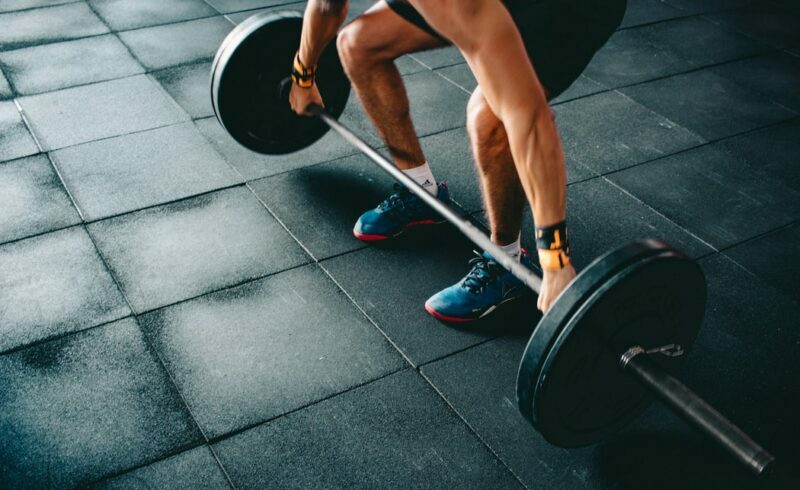Doing the heavy lifting: Australians' obsession with a metaphor
September 12, 2021
_The Americans have been doing metaphorical heavy lifting since the 1930s. Before that heavy lifting was something done by people, such as wharfies or weight lifters, or machines, such as cranes.
_ Initially heavy lifting meaning “hard work of a non-physical kind” was an image used in various general contexts. The example in the OED that I like is from the Christian Science Monitor and talks about the heavy lifting that a prayerful person is required to do to face sin in their thought.
However, Google Ngram reveals that from the late 1990s to now, heavy lifting took off, particularly in the phrase “to do the heavy lifting”. I suspect that this is when politicians got hold of the expression and began to work it to death.
In Australia more recently it has become part of the Covid debate with various states or groups claiming that they were doing the heavy lifting (and, presumably, that others were not doing their share). Morrison exhorted the states and territories to do the heavy lifting, now that the forgotten fact emerged that we were a federation. The regions said that it was unfair that they were expected to do the heavy lifting. And so on.
While it was clear that politicians in the US and the UK were also using the phrase, I think perhaps they did not use it as obsessively as Australians have done. Of course in our political jargon it has been amplified by the notion of “the lifters and the leaners”, a division of society revived by Joe Hockey in his period as treasurer. There were comparable expressions of this idea in British and American politics. Mitt Romney talked about the 47 per cent who were dependant on government and the rest who did all the work. In Britain at the Conservative Party Conference in 2012 George Osborne talked about “strivers and skivers”.
But we lifted or leant, and have done so since the early 1900s. The following is a poem by Ella Wheeler Wilcox, American poet, published in The Queenslander in 1895, which proved to be a popular number for a decade or more after that:
Lifters and Leaners
The two kinds of people on earth I mean Are the people who lift and the people who lean. Wherever you go you will find the world’s masses Are always divided in just these two classes. And oddly enough, you will find, too, I ween, There is only one lifter to twenty who lean.
In which class are you? Are you easing the load Of overtaxed lifters who toil down the road ? Or are you a leaner, who lets others bear Your portion of labor and worry and care?
Whereas Wilcox was expressing a general sentiment, that there are always some people who do the work, and others who are taking advantage, in more recent times the lifters and leaners have been politicised into those who work and those who live off government handouts.
I think that this well-established notion of the lifters and leaners in Australian culture has reinforced the idea that there are those who do the heavy lifting and those who simply take the benefit of that.

